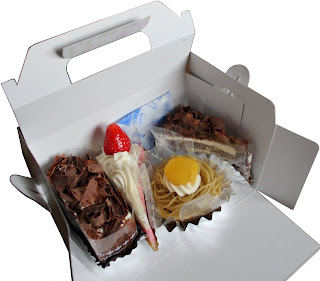
Snacks are a huge industry. Think about it. There are chips, puffs, bars, cookies, muffins, candy, chocolate, licorice, gumdrops, gum, and endless variations on each of those categories.
There are snacks here in Japan, too. You probably won't find licorice, but there is an army of sweet breads and various instant noodle cups in addition to the above.
However, I ask you to please try to resist snacking while you are here, and if you can, don't bring snacks along with you, either (unless they are gifts for your host family).
Relatively recently, nutritionists in the U.S. have begun to advocate eating more small meals throughout the day rather than three large ones, and it seems to me that U.S. society is geared toward that kind of diet. But in Japanese society you will find a more traditional concept of "three square meals."
Before I lived in Japan, I think I had a notion that an Asian diet = less food. Now, I know that isn't the case. There are smaller amounts of particular foods, such as red meat, but the total amount and variety of food in a single meal is nothing to sneeze at. Be prepared. If you can't finish a meal, your host family will worry that you don't like the food, and that you are going hungry (or eating your own food on the sly). They'll worry about sending you home thinner than when you came; a mere shadow of your former self!
Yes, even if you tell them everything is delicious and you are full to bursting.
Don't make them worry like that. Work up a big appetite; don't snack. Unless you find that they like a nice bite in between meals just as much as you do-- in that case, go to town!
 It's a peaceful, overcast day down by the sea. My friend N-san sees something in the water.
It's a peaceful, overcast day down by the sea. My friend N-san sees something in the water. With a seasoned eye, N-san knows when to give up the pole and get down on his knees to wrest his quarry from the shallows.
With a seasoned eye, N-san knows when to give up the pole and get down on his knees to wrest his quarry from the shallows. Even without its innards, the octopus goes on writhing and fighting.
Even without its innards, the octopus goes on writhing and fighting. 













 Gメールのアカウントは持ってない。
Gメールのアカウントは持ってない。


